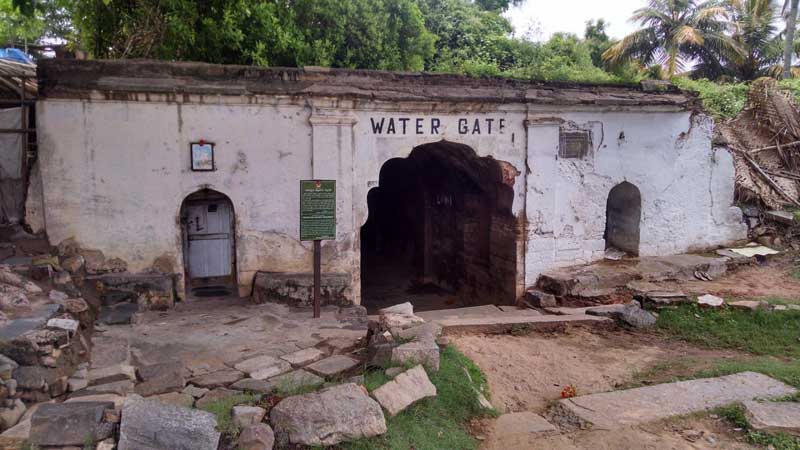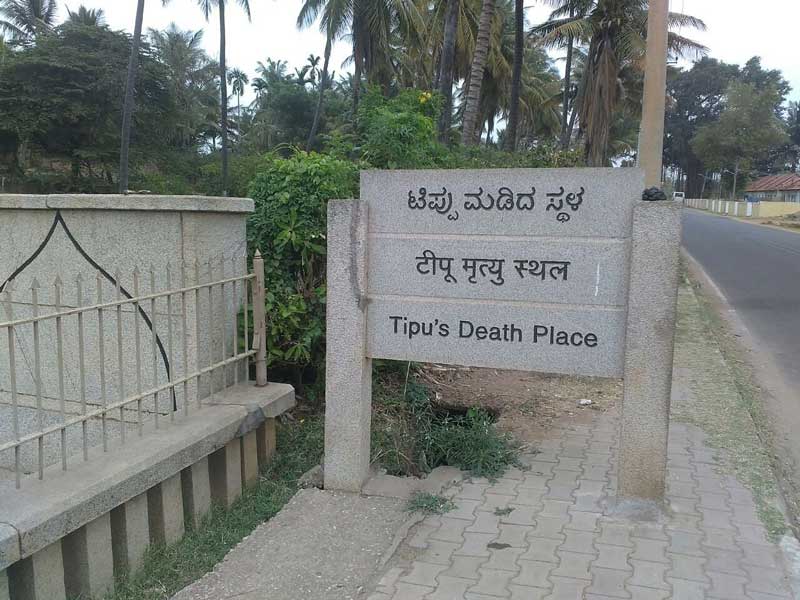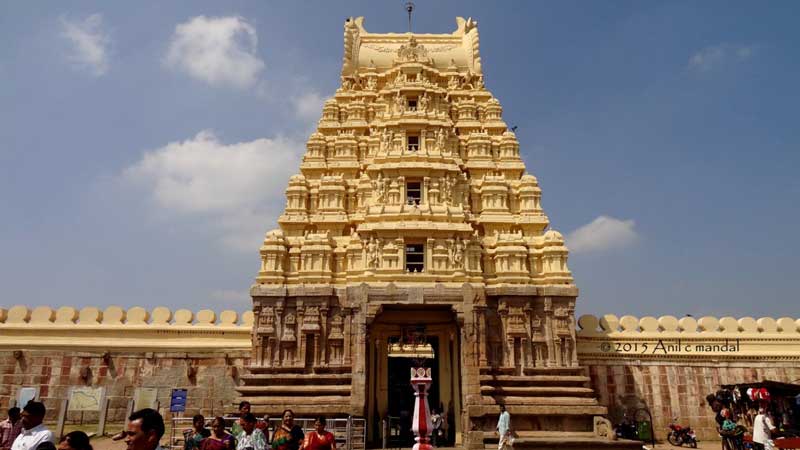
Once considered to be the second toughest fort of India, the historical Srirangapatna Fort is located in Srirangapatna, a town situated at the western end of an island in River Cauvery, just north of Mysore, Karnataka. The town is named after the 12th-century temple dedicated to the Hindu god Shri Ranga or Vishnu and the fort was built in 1454, by Timmanna Nayaka, a leader of the Vijayanagar Realm. The fort was under the control of the Vijayanagar Empire, which continued till the Vijayanagara Empire weakened and finally, the ruler of Mysore Raja Wodeyar I captured Srirangapatna in 1610. The Wodeyars moved their capital from Mysore and established the fort as their capital. However, during the rule of Krishnaraja Wodeyar (1734–1766), the kingdom became a formidable military power, controlled by the military general Hyder Ali. Although during 1757 Hyder Ali had to surrender the fort to the invading Marathas for Rupees 32, 00,000, he regained it later.

After Hyder Ali, his son Tipu Sultan took control of the fort in 1782 and added its fortifications. He was popularly known as Sher-e-Mysore or the Tiger of Mysore, for his courageous fights against the British forces of the East India Company, who invaded his territory several times. He had an alliance with the French and also personally appealed to Napoleon by a letter for military aid.
Nevertheless, after several unsuccessful attempts, the British forces again launched an attack on 4 May 1799, under the leadership of Colonel Arthur Wellesley, when 1882 soldiers of Tipu had to face 2494 British soldiers. According to the account of Colonel Beatson, the invading soldiers waited in the trenches until mid-day, the period of rest for the fort watchmen, before advancing across the river. That was the fourth and the final Anglo-Mysore war, in which the British won a decisive victory at the Siege of Sriragapatna, when Tipu Sultan was killed and the fort of Srirangapatna was breached. After the battle, considered one of the turning points in the colonization strategy of the British East India Company, the English reinstalled the Wodeyars as the ruler of Mysore, who ruled Mysore till India became independent in 1947.

The Srirangapatna Fort has three man-made moats in the southern and eastern directions, while the river Cauvery serves as the third moat in the North and West. It also has a double wall defence system, which makes it almost impenetrable. The fortification of Srirangapatna started at the time of the rulers of the Hoysala dynasty, but it gained prominence at the time of the Vijayanagara Empire. The fort is equipped with four main entrances, known by the names of Delhi, Bangalore, Mysore and Water gates.
Among the four, the Mysore gate, locally known as Aneya Bagilu or Anekote Bagilu, which means Elephant Gate, is situated in the Southern walls of the fort and was constructed by Tipu Sultan in 1791 for his entrance in the city on the back of his elephant, sitting on the howdah. The Bangalore Gate, formerly known as Ganjam Gate and situated in the Eastern enclosure walls of the fort, is also designated as the Elephant Gate and used as the main entrance to the town.


The Water Gate, a secret gate, which was once used to fetch water from the river Cauvery, is neither architecturally impressive nor is a huge one with sturdy doors, but its historical importance cannot be overlooked.
Legend says, this was the gate through which British soldiers unethically entered the fort during a break and Tipu Sultan lost his life, while fiercely fighting against them.

Built in Indo-Islamic architectural style, the Srirangapatna Fort has a Persian inscription on its gateway, indicating the date of its construction. The fort has two strong underground prison cell, known as dungeons, which were used to hold captured British officers. One of them, located the Northern side of the Ranganathaswamy temple and measuring around 100 feet (30.50 m) by 40 feet (12.20 m), is designed with vaulted roof and constructed using brick and lime mortar. Several British prisoners like Col Bailey, Captain Baird, Col Braithwaite, Captain Rulay and many more were imprisoned in the dungeon by Tipu Sultan. After the death of Col Bailey in the dungeon on 13th November 1782, following a prolonged illness, it came to be known after him. Another structure, resembling the Bailey’s Dungeon and known as Inman’s Dungeon, is located in the Northeast corner of the fort in the central fort wall, with battery guard on its top. It was discovered by Thomas Inman, an engineer in 1895 and was named after him. It is believed that, even after the fall of Tipu, important prisoners were held in this dungeon under guard, which included the Maratha chief Dhondia Vagh.

The Srirangapatna Fort contains the beautiful Ranganathaswamy Temple, one of the largest temples in Karnataka, protected by the Archaeological Survey of India as a monument of national importance and has been nominated as a UNESCO World Heritage Site. Constructed in the Dravidian architectural style, the temple contains the idol of Lord Vishnu reclining on the coils of the Adishesha Naag, also known as the Sheshanaga, the king of the snakes, with its seven hoods forming a canopy over him with goddess Lakshmi at his feet. Another temple, the temple of Narasimhaswamy, is located on the other side of the open ground. The beautifully designed two storey Jama Masjid, also known as Masjid e-Ala, built by Tipu in Indo-Islamic architecture during 1784, is also located in the complex of the Srirangapatna Fort.

The ruins of Lal Mahal, Tipu’s Palace, can be seen near the Sri Ranganathaswamy temple. Built in 1791, the double storey ornate palace, containing a huge Audience Hall with three rows of magnificent pillars, the Zenana Mahal and a library, was used by Tipu Sultan as his summer retreat. After the siege of Srirangapatna, the palace was destroyed by Col Wellesley. Today, there is nothing much of it is left except the stone foundation, some walls and steps, along with some cannon balls of iron.